It’s Brighton Fringe month, our favourite month of the year, and the award-winning Museum of Ordinary People (MOOP) is back to celebrate the stories of even more people! We caught up with co-founder and co-director Lucy Malone to find out more about MOOP, what the future holds for museums, and discover her favourite places to go in the city.
Hello, Lucy! Are we right in thinking the idea for MOOP took shape in a pub – how did that happen and what drove the decision to focus on ordinary, rather than extraordinary, people?
Well,firstly, we believe that everyone is extraordinary! That’s why we want to make a museum that tells everyone’s stories and disrupts this historic idea of only recording the lives of the elite.
But how did it all begin? Jolie [Booth, co-founder] broke into a squat in the early 2000s and found diaries, clothes, and other items belonging to a woman called Anne Clarke; she spent years uncovering her story and developed it in to a theatre show. I met Jolie on a walking tour that she runs in Brighton called The Hip Trip where she tracks the story of Anne throughout Brighton, documenting counter-culture history and telling us about Anne’s life. We got talking In the pub afterwards and I told Jolie about my recent work, creating an archive, book and exhibition about my late mother’s art practice and life. We realised there were a lot of parallels in our work and Jolie told me about an idea she had to make a museum to tell more of these stories of extra-ordinary ordinary people… and so we did!
Is MOOP a full-time venture for you now or are you still working on other projects?
Sadly, we still pretty much work for free for MOOP so we all juggle other projects. I am currently studying an MA in Culture, Criticism and Curation at Central St Martin’s as well as working part-time and co-running MOOP. It’s a full-time job in itself but we do it because we love it. There’s a really strong sense of momentum with MOOP – the response from people in Brighton and beyond has been incredible and encourages us to keep pushing forward to create the kind of exhibitions people want to see. So we’re at a stage where we’re fundraising, applying for funding and working with our new board of trustees to steer MOOP’s future in the right direction. Our aim is to eventually have a permanent museum in Brighton, and to travel around working with communities to create pop-up exhibitions about ordinary people’s lives.
You had a huge success at last year’s Fringe with the MOOP pop-up – can you tell us what had to happen for that initial idea to become a reality?
We worked with nine participants who all had a collection of objects and/or ephemera that told a story about someone. We designed six weeks of workshops which included creative skills (photography, collage, display, performance, creative writing and more), guest speakers and also theory about exhibition-making, archival practice, collections, artists and museums and more) and then we helped people to develop the themes from their collections into a piece of work that communicated the story they were trying to tell. We then created a pop-up museum at The Spire in Kemptown, to display the exhibits. The Spire is an old church, so one of our main challenges was that there were no walls! We were given old display boards by the V&A in London so we literally created the fabric of our museum from the cast-offs of the V&A and built it all within a day and a half!
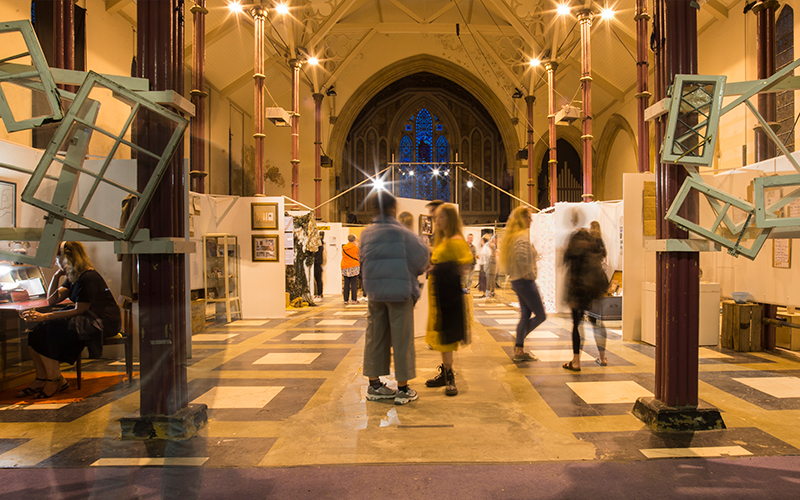
Wow, that’s a huge undertaking! So the museum celebrates – as the name suggests – the belongings and histories of ordinary people. How did you find these people and was there a lot of interest in exhibiting? Are they all from the local area? Can anyone offer up their possessions for exhibiting?
Yes, anyone can contact us with a collection, story or objects. We love hearing from people and receive some amazing emails; we also regularly have call-outs where we ask people to share their stories with us. Last year, we ran a call-out throughout Brighton via community groups, online and with good old-fashioned posters asking for people to get in touch if they had a collection of objects that told a story. We had an amazing response. We then met with as many of these people as possible for a coffee to talk more and learn about the person behind the collection, and what they wanted to creatively express.
I believe you yourself exhibited some of your late mother’s belongings – that must have been hard?
Yes, as I explained before, I had just completed a piece of work where I created an archive, exhibition and narrative about my late mother’s art practice. During the process I kept finding all these everyday objects carefully wrapped, such as. painted slats of an old wooden ladder, a floral plate broken into tiny pieces, a wooden paint stirrer with layers and layers of paint, sliced thinly so you could see the rings of the layers of paint, like the rings on a tree trunk. I didn’t know what they all meant until during my work I found a list entitled ‘future work’. Every object that I had found and put aside not knowing what it was featured on that list. It was my mother’s next exhibition. I decided to honour her by completing her work and exhibiting it. I held a show in London in 2017 with this, then, last year at MOOP, I exhibited again and showed archival objects and part of the accompanying narrative. This year, as part of MOOP: STORIES on the 21st May, I am going to talk about this process, these objects and my connection to my mother and her way of seeing.
What are some of your other favourite exhibits so far?
Ooh, well I can’t choose – I am also being diplomatic, haha! But really, I think the most powerful thing about MOOP is how varied the stories are and how everyone connects to a different story, a different experience. For me, everyone who completed the workshops and exhibited last year created such powerful installations that effectively evoked emotions. Come and see MOOP: STORIES this year at the Fringe and make your own minds up about your favourites!
We had such amazing feedback after last year’s exhibition and pop-up, and so many people connected to the exhibits and the participants who were telling the stories. They kept wanting to know more and people who didn’t get to see the museum last time were asking if we were coming back. Rather than recreating full-scale workshops and a pop-up museum this year, we decided to work with the participants from last year to help them develop their installations into another medium, to talk about them, produce a film, some music or other way to express the person’s story they are telling, and to communicate this in the intimate space of an evening show. MOOP: STORIES is held over three Tuesday evenings (7th, 14th and 21st) during Brighton Fringe. It shows Jolie’s and my work alongside six participants) at the Phoenix Art Centre, serendipitously in the same room where the participants started their journeys with the workshops. We have grouped the evenings into three themes: Found, Connected and Legacy, which connect the exhibits and the stories behind them. We’re so excited – each night is going to be powerful, moving and ephemeral. And not something you typically see in a museum!
On a more general note, where do you see museums going in the future? Do you think MOOP will set a trend for celebrating ordinary people?
I do! Large institutions with ‘big’ history are feeling pressure to rectify the failures of the past in being representative, in de-colonialising spaces, in producing exhibitions and narratives that are inclusive rather than erasing marginalised lives from their records. They are stuck in bureaucracy and are slow to change. There is a new canon emerging of small museums that actively know the power of the museum as medium, that are recognising the need to record a wider narrative and for everyone to see themselves reflected in these spaces. Smaller museums can also adapt quickly and be freer to implement exciting ideas and be inclusive and responsive to culture. Museums don’t just reflect culture but are part of creating it, too, so they hold a responsibility to be conscious and active in their collecting, programming and ethos, and museums also need to embrace sustainability.
It’s an exciting time then! Let’s talk a bit about the city now. Where do you live in Brighton/Hove and what do you like about the area?
I live in Hanover/Queens Park, which I love, apart from the big hills – I always want to clap people I see cycling up Southover Street, walking it is tough enough! Hanover has a great community, it’s 10 minutes to the beach and it has beautiful views!
Finally, can you talk us through your favourite way to spend a day in the city?
I would spend it with my girlfriend and our favourite date day/day off is to start with a lazy morning, then head to Black Mocha for brunch [great choice! – Ed]. Their hot chilli chocolate and vegan brunch is out of this world (it is also pretty much MOOP’s unofficial HQ –we hold most of our meetings there!). This would be followed by a wander around the North Laine for a little shopping before picking up a Happy Maki sushi roll and heading to the beach for lunch on the pebbles. My afternoon would definitely involve a glass of bubbles and a trip to the museum or a wander along the beach. The evening would be spent in The Pond eating bao!
You can see the last two MOOP: STORIES events on Tuesday 14th May and Tuesday 21st May, 7.30pm – 10.00pm; donations
Phoenix Brighton, 10-14 Waterloo Place, BN2 9NB


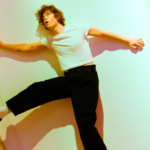
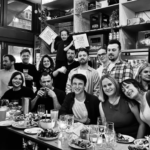
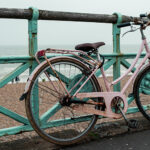





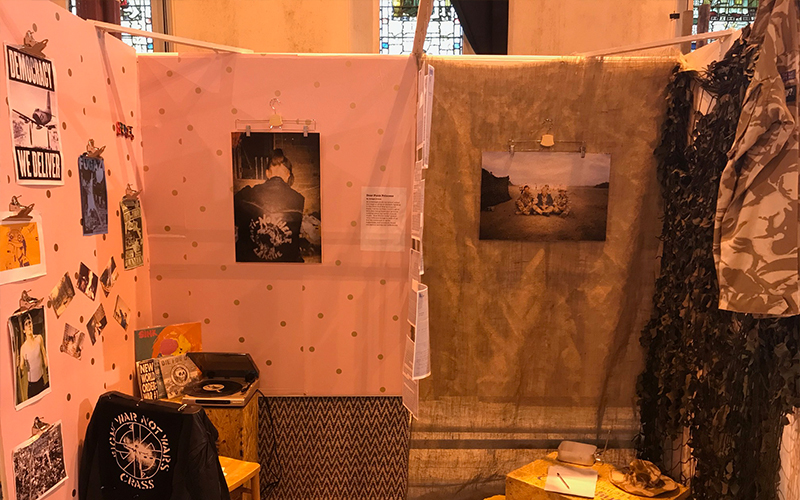
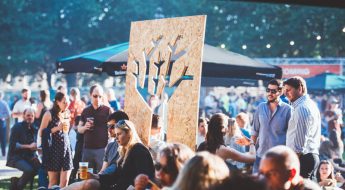

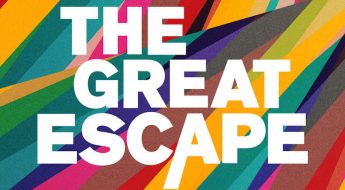


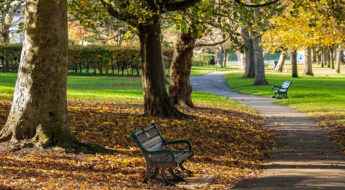
Recent Comments